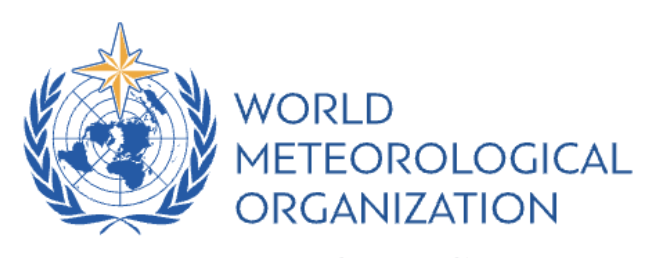Reaching those most at risk in conflict and fragile contexts
In a region where hydrometeorological and climatic hazards are diverse and resources to reduce impacts are so limited, Early Warnings for All is a formidable but essential challenge to overcome. Six of 11 CREWS Central African countries are conflict-affected or socially and institutionally fragile. War and violence are recent history in others. In Cameroon, the Central African Republic, and DR Congo alone, nearly 9 million people are displaced largely due to violence and natural hazards. Reaching particularly vulnerable people, e.g., the displaced, women, older people, and those with disabilities, with timely climate information and alerts is a priority. CREWS Central Africa will build warning capacity through better monitoring and forecasting, particularly on floods, storms, and drought. And to reach the most vulnerable? SMS-based systems to communicate early warning messages to – and among – communities in priority risk areas.

